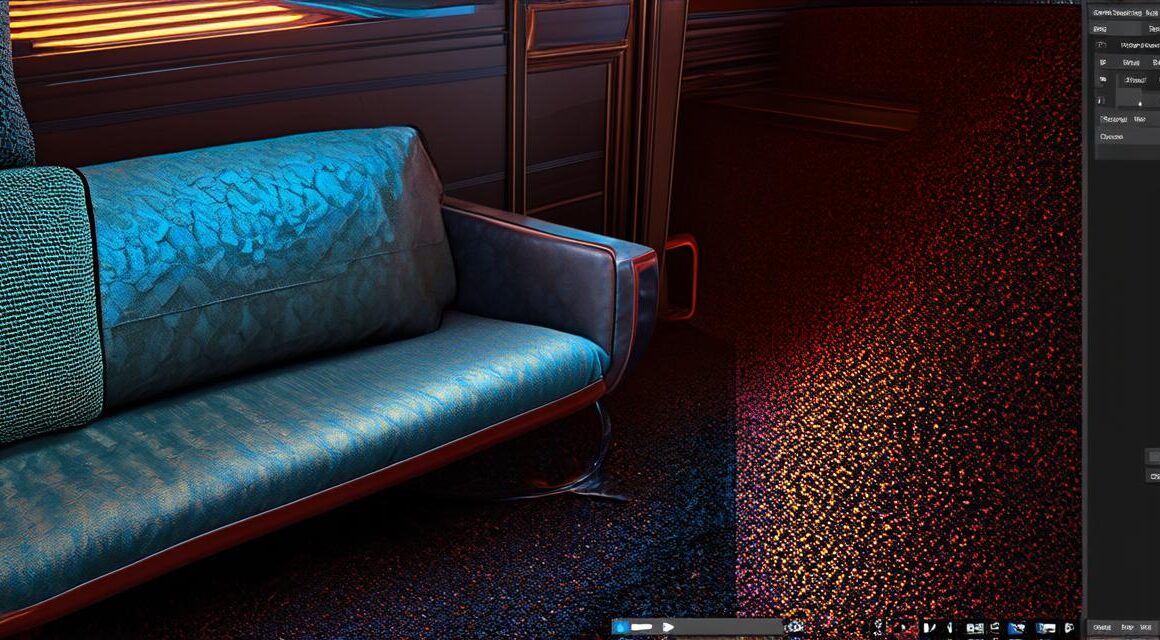Unity is a powerful game engine that allows you to create stunning 3D games and experiences.
Step 1: Importing a Character Model
The first step in creating a 3D character in Unity is importing a character model. You can create your own models using software like Blender or Maya, or you can download pre-made models from online marketplaces like TurboSquid or Sketchfab. Once you have your model, you can import it into Unity by going to Assets > Import Package and selecting the package containing your character model.
Step 2: Rigging the Character
Rigging is the process of creating a skeleton for your character that will allow you to animate it. In Unity, you can create a rig using the built-in Rigging tool. To do this, go to Window > Animation > Rigger and then select your character model in the Hierarchy window. From here, you can add bones to your character’s skeleton and create animations by setting keyframes on those bones.
Step 3: Animating Your Character
Once you have rigged your character, you can start animating it! To do this, you’ll need to create an animation clip in the Animation window. Go to Window > Animation > Create > Animation Clip and then select your character model in the Hierarchy window. From here, you can add animations by setting keyframes on the bones in your character’s skeleton. You can also import pre-made animations from external files or use the built-in animation tools to create your own animations.
Step 4: Adding Textures and Materials
To give your character a realistic look, you’ll need to add textures and materials to it. You can do this by going to Assets > Import Package and selecting the package containing the textures and materials you want to use. From here, you can drag and drop the textures and materials onto your character model in the Hierarchy window. You can also create your own textures and materials using software like Photoshop or Substance Painter.
Step 5: Lighting Your Scene
Lighting is an important aspect of creating a realistic 3D environment. In Unity, you can create lighting by going to Window > Lighting and then selecting the type of light you want to use (e.g. point light, directional light). You can also adjust the properties of the light, such as its intensity and color, to achieve the desired effect.
Step 6: Adding Sound Effects and Music
To make your game or experience more engaging, you’ll want to add sound effects and music. You can do this by importing audio files into Unity using Assets > Import Package or by creating your own audio in software like Audition or Logic Pro. Once you have your audio, you can add it to your scene by dragging and dropping the audio file onto the appropriate object in the Hierarchy window.

Step 7: Testing and Debugging
The final step in creating a 3D character in Unity is testing and debugging. To do this, you can run your game or experience in the Unity Editor by going to Edit > Play or by pressing F5 on your keyboard. You can also use the built-in debugging tools in Unity to identify and fix any issues that arise during development.



